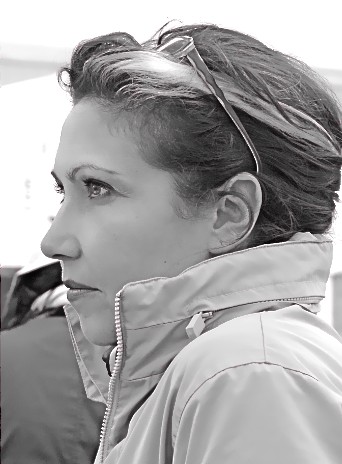This is a project led by design firm Carlo Ratti Associati in collaboration with Turin-based architect Michele Bonino and a team of over 20 professionals, all of whom are determined to bring to reality a connected venue for co-living and co-working in the Indian Himalayas. Situated in West Bengal, near the border with Sikkim, the aim is to promote more sustainable living patterns, taking advantage of the increased living-and-working flexibility of the digital era. The buildings have been designed through an iterative process involving local residents, crafts- men, and practitioners from the surrounding area, in consultation with local architect Ashish Sharan Lal of Alleya and Associates. Construction began on 31 August 2016.
“Although a mountain-top might seem a bit extreme to some, the Himalayan valley of Pankhasari is an ideal place for staying connected and testing new, longer-term concepts for international living and working, in an attempt to bridge the local and global communities”, suggests Carlo Ratti, professor at MIT and founding partner of Carlo Ratti Associati. The complex includes residential, business, sport, and farming facilities. The houses are being built of local materials like stone, farmed teak, and sissoo, with the verandas and overhangs of the vernacular architecture reinterpreted to protect residents from extreme rain and sun conditions.

Each unit can host three or four people at a time, with accommodation including a living space, studio, kitchen, two bed- rooms, and two bathrooms. With its mix of work and leisure facilities, the retreat exemplifies the on-going changes in lifestyle facilitated by the emergence of global communication networks. A high-speed internet connection and extensive teleworking facilities permit international travellers to stay for longer periods, living in one of the planet’s most remote and beautiful corners while at the same time engaging with communities around the globe. The project responds to the environment by incorporating bioclimatic principles in the architectural design, with a specific focus on cooling and shading, natural ventilation, and protection against monsoons. It’s a resilient structure that can be dismantled, eventually restoring the land to its original state. “We wanted to oppose architectural choices that are indifferent to their geographical context as well as any uncritical cult of a local tradition”, says Ratti, “The result is a more collaborative architecture. The aggregation of input on the project, from that of designers and craftsmen to people from the surrounding region, greatly informed the outcome. This is an example of how you can reconcile the opposing dimensions of local and international architecture utilising an open-source design approach.”
Carlo Ratti Associati is a design and innovation consultancy based in Turin, Italy, with branches in Boston and London. Drawing on Carlo Ratti’s research at MIT, the o ce is currently involved in many projects across the globe. Noteworthy achievements include: a creative hub in the city of Guadalajara, the Future Food District at Expo Milano 2015, and the Digital Water Pavilion at Expo Zaragoza — named Best Invention of the Year by Time Magazine. Since 2014, the rm has been involved in the launch of two startups: Superpedestrian, producer of the Copenhagen Wheel; and Makr Shakr, developer of the world's first robotic bar system.



